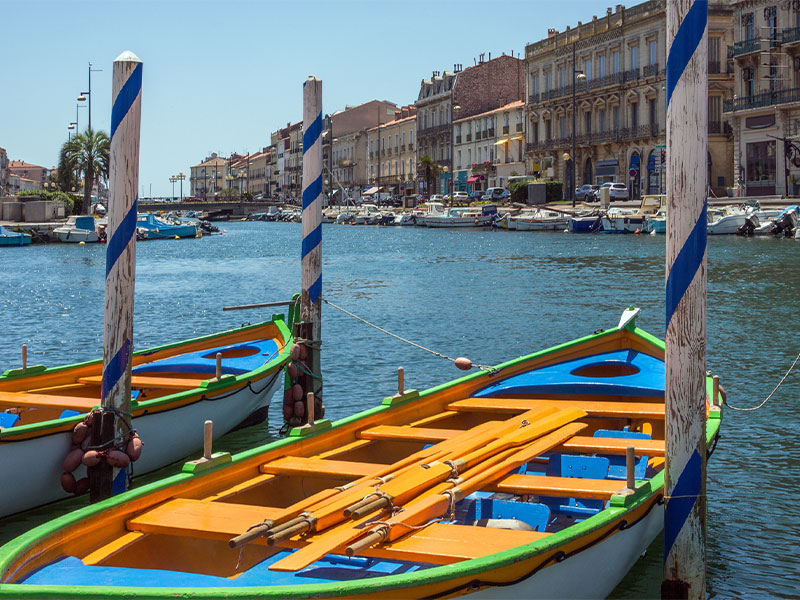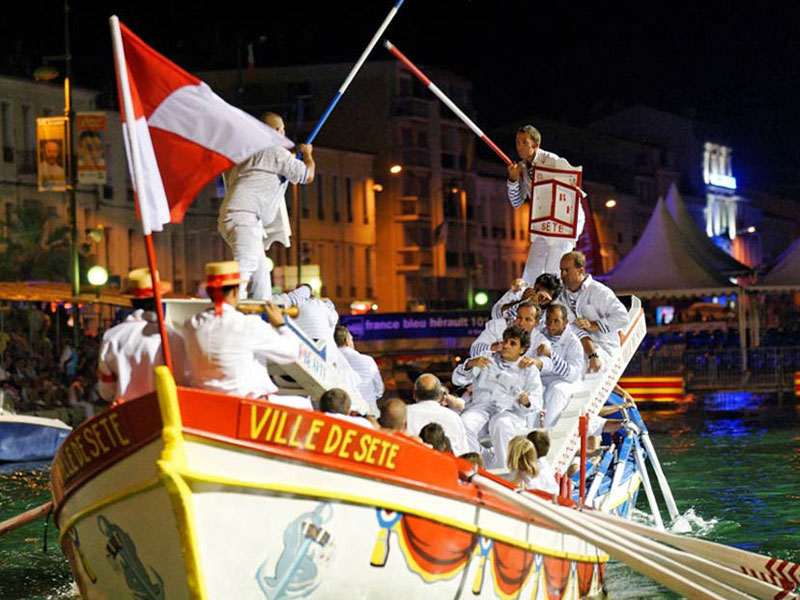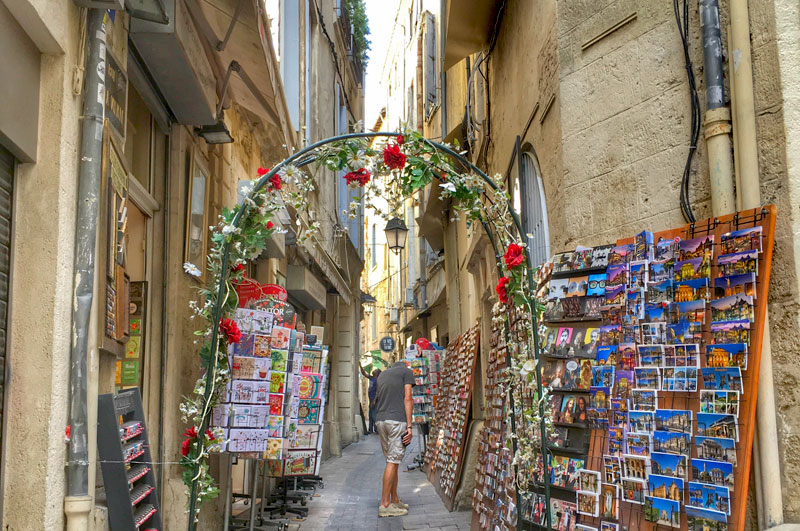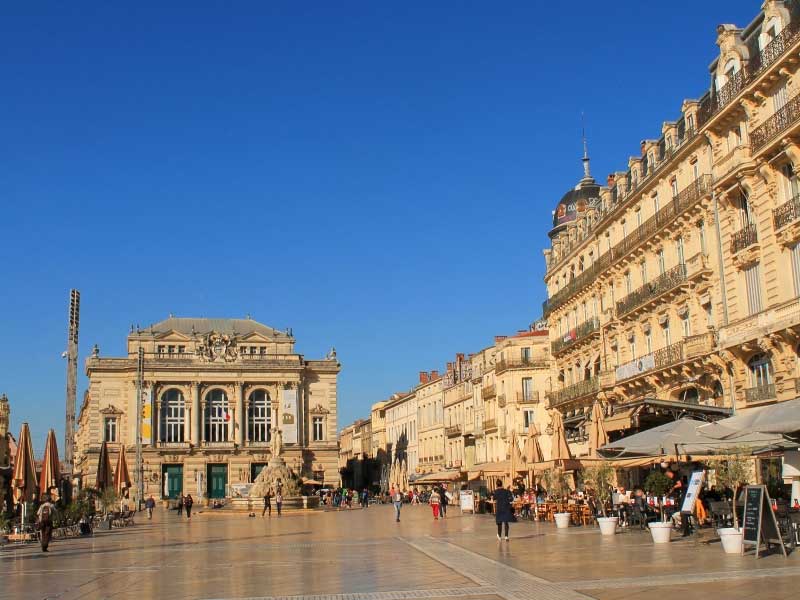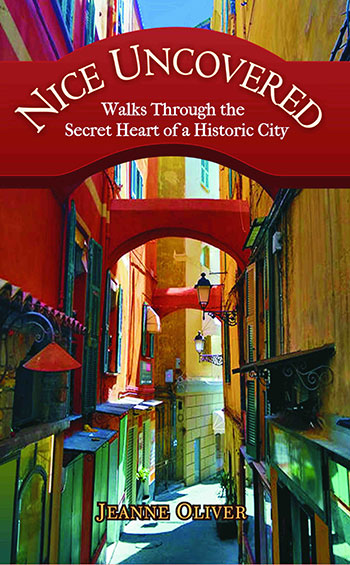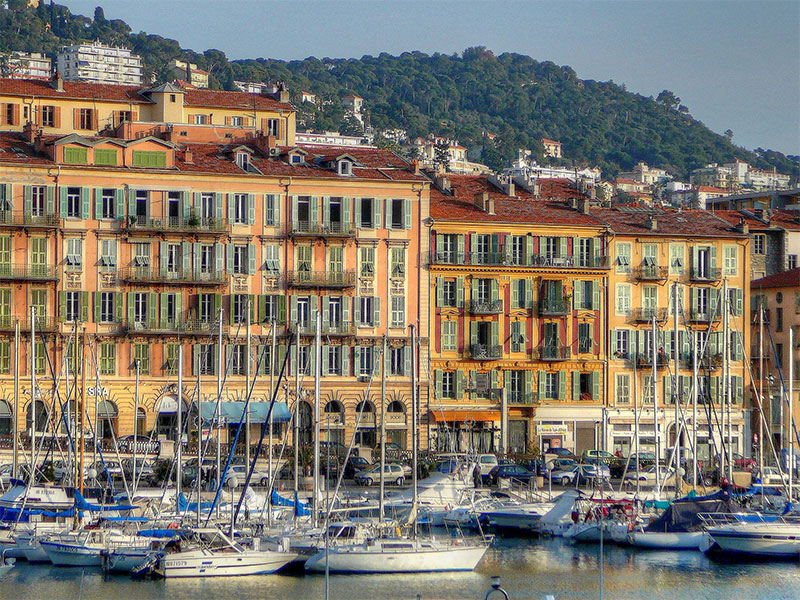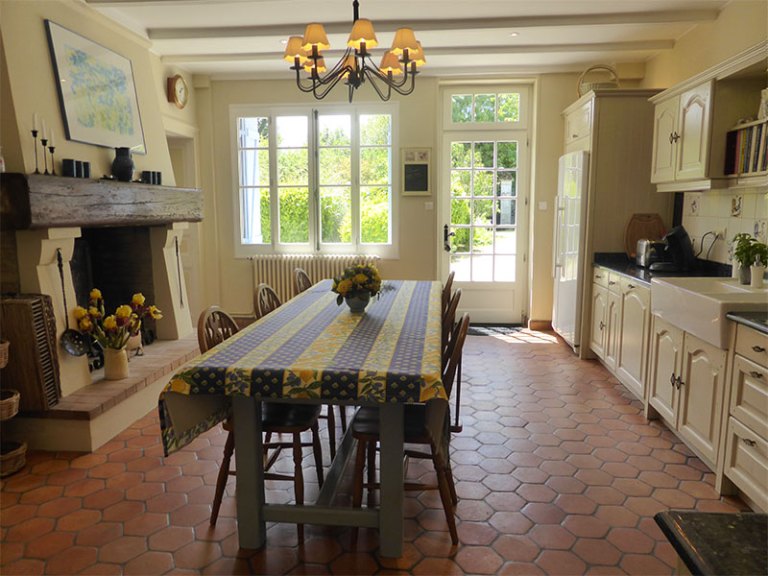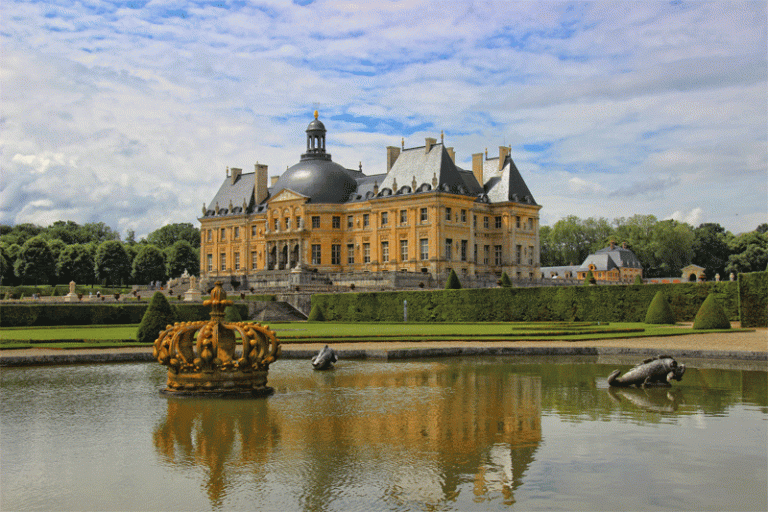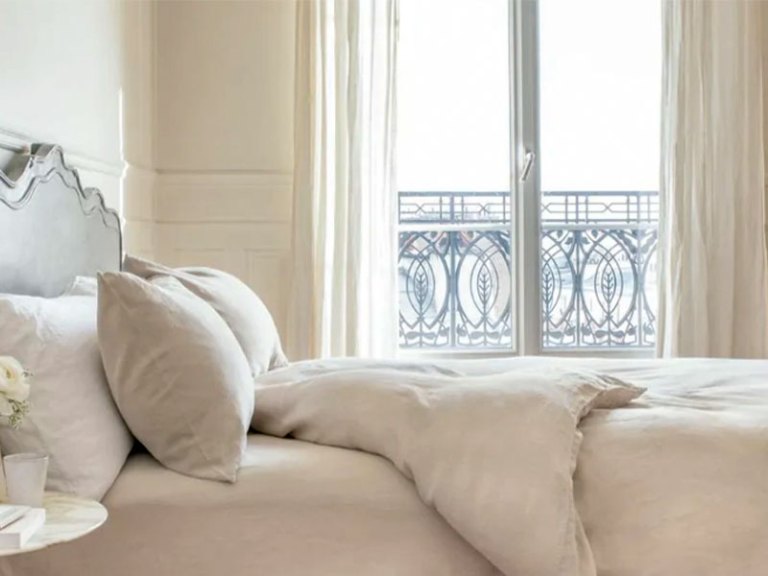Is this the true south of France? Joanna Leggett explores the good life in the cities of Sète and Montpellier in the Herault department, Occitanie, southern France…
Sète sits at the head of a narrow isthmus which encloses the Étang de Thau – a saltwater lagoon – which runs down as far as Marseillan to the Canal du Midi. All along this western coast of the Mediterranean there are such lagoons many, if not all, renowned for the quality of their seafood where oysters and mussels are a speciality! The town, with its many canals which give it the nickname the ‘Venice of Occitanie’, is famous for its water jousting – a tradition that was born in the year 1666 when Louis XIV was living in the Louvre and Versailles was still a country hunting lodge!
Discover Sète
The first stones of the port in Sète were laid in 1666 and water jousting took place to celebrate the event and it quickly became the local sport. In fact this maritime sport most likely dates to Roman times – though it’s now firmly a passionate feature of Languedoc culture.
From mid-June onwards, water-born combats are held along the canals. Huge rowing boats are specially crafted with raised ladders at one end, four jousters stand on these ‘tintaine’ while ten rowers propel the boats – all dressed in white. On-board, bands of pipers and drummers knock out a beat to encourage each boat forward. Like an orchestrated ballet, boats pass each other seven times while, at the same time, huge brass bands blast forth to excite and encourage spectators lining the quay.
As boats get closer the first jouster picks up the shield and jousting pole and tries to dislodge the opposition boat’s jouster from their platform. Naturally there’s great applause when anyone falls into the canal!
As with any self-respecting sport there are different categories (children start learning from the age of 10. And there’s a junior division for the under 21’s. But, the most prestigious competition is the heavyweight (anyone over 88 kg in weight) and this is considered the Blue Ribbon event!
Festivities and feasts
It all culminates with the feast of St Louis (the patron saint of Sète). A carnival lasting several days is held in mid to late August which bears the grandiose title of ‘World Championship’. Jousts are well attended and it’s best to book a seat on the temporary stands to get a good view. Or better still watch from a table at one of the many restaurants which line the sides of the Royal Canal. The finest seafood, local wine and unmatched entertainment – it’s a pretty unbeatable combination.
Sète however is far more than just ‘world headquarters’ for water jousting, it has an extremely pretty marina and busy port. There are wonderful sandy beaches which run all along the coast and the weather is usually so mild eating Christmas lunch outside is not unknown!
And it’s well connected too for in 1839 the Montpellier-Séte railway was opened, connecting the port to the ancient city just 10 kms inland.
Discover Montpellier
Montpellier is home to one of the oldest universities in the world as well as the oldest medical school still in operation. Past alumnae include Petrarch, Rabelais and Nostradamus.
Montpellier remains a leading university town – it’s estimated as many as a third of its residents are students and it has a rich cultural life dating back centuries. The city was called Monspessulanus by the Romans. It survived Cathars and wars of religion, and became part of Aragon when Marie of Montpellier brought the city with her as part of her dowry when she married Peter II of Aragon. It became a major economic centre and primary source for the spice trade in France. In the 14th century Sète passed to James III of Majorca who then sold it to the French crown to raise money for a war back in the 14th century.
When Louis XIV made Sète the capital of Bas Languedoc, Montpellier too became ever more important and grew accordingly. Parts of its historic centre date back to this time including the Promenade de Peyrou and Esplanade. Its position on hilly ground just inland with abundance of year round sunshine and sea breezes made perfect growing conditions for the vines. This made its citizens very wealthy and they build grand houses and upgraded their living conditions – until phylloxera killed the vines off in the 1890s. Modern grafting methods have overcome the vine disease and today the city is once more surrounded by vineyards and garrigue (Mediterranean scrubland).
The local area
All around in the hills of the Hérault there are charming villages and small market towns. Marseillan at the south of the Étang de Thau, the point where the Canal du Midi joins the salt waters of the Mediterranean, is home to the sweet vermouth Noilly Prat. Along the coast, ancient fisherman’s cottages have been converted into seaside des res and summer villas dot the landscape. In villages there are old townhouses clustered around squares. And in the countryside there are old villas and winegrowers’ homes. It’s an enchanting area and with its simpler way of life, some even call this the true South of France!
Joanna Leggett is marketing director at Leggett Immobilier – you can view the full portfolio of properties for sale in Herault at: frenchestatagents.com
